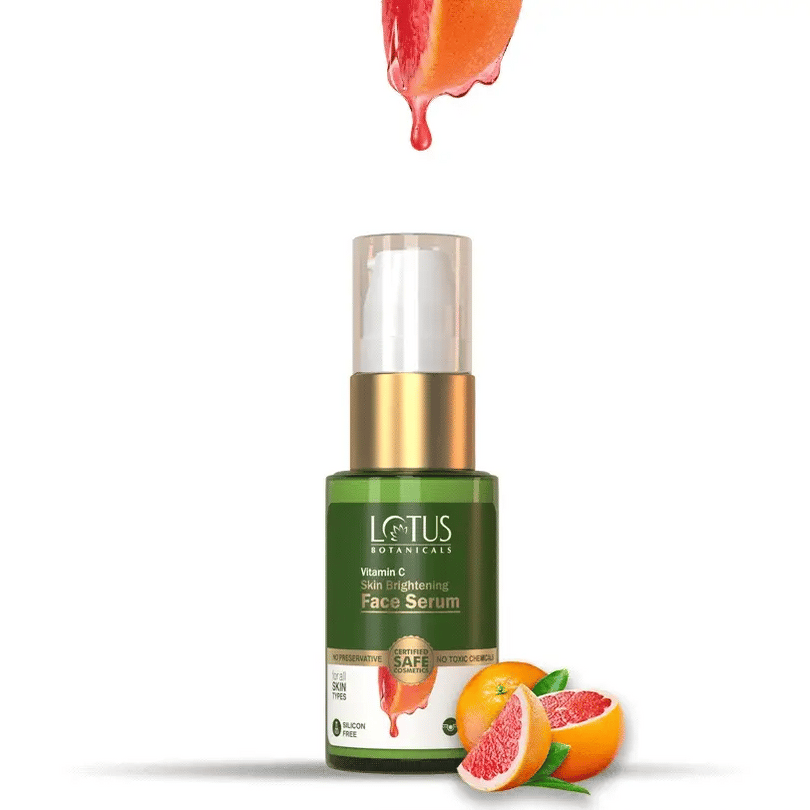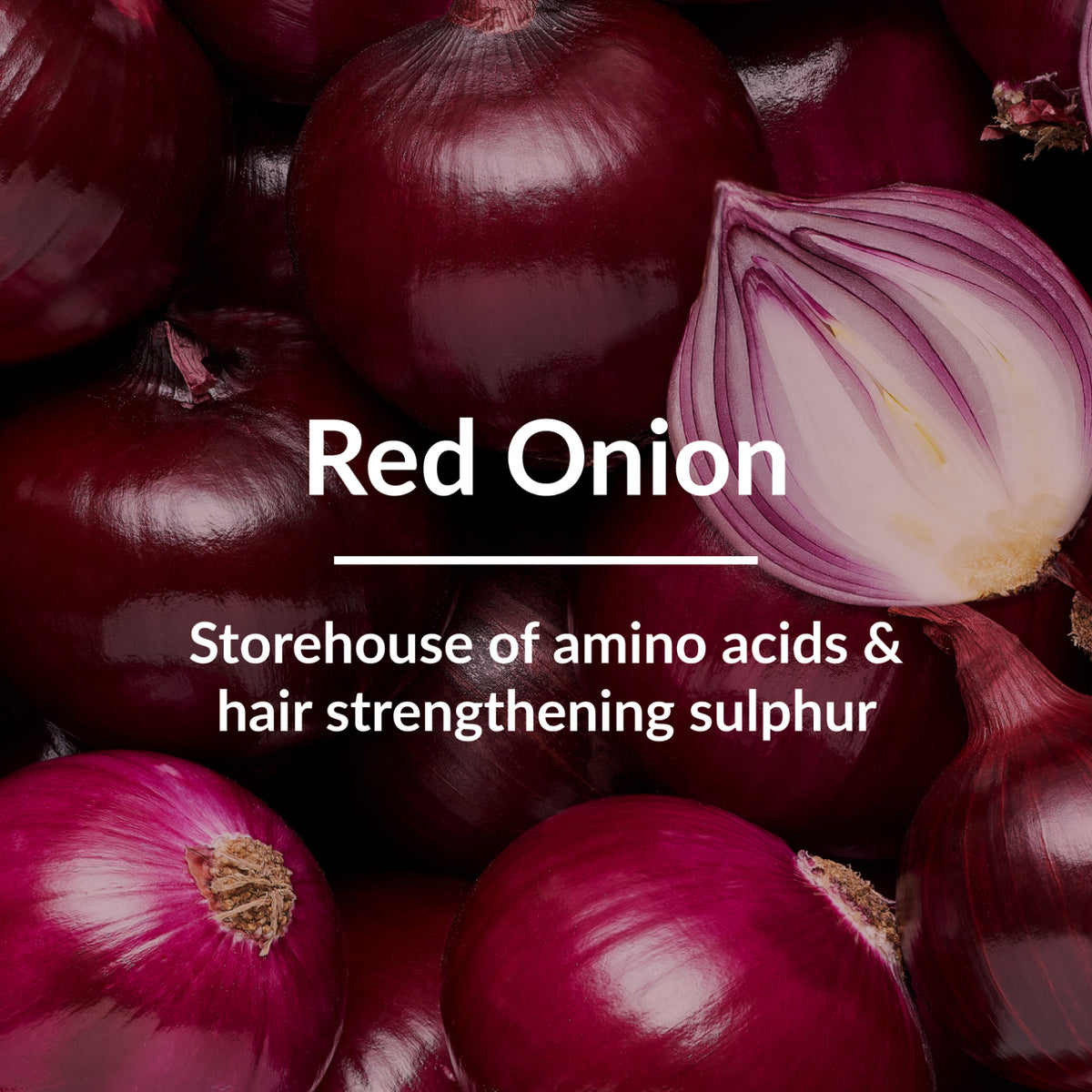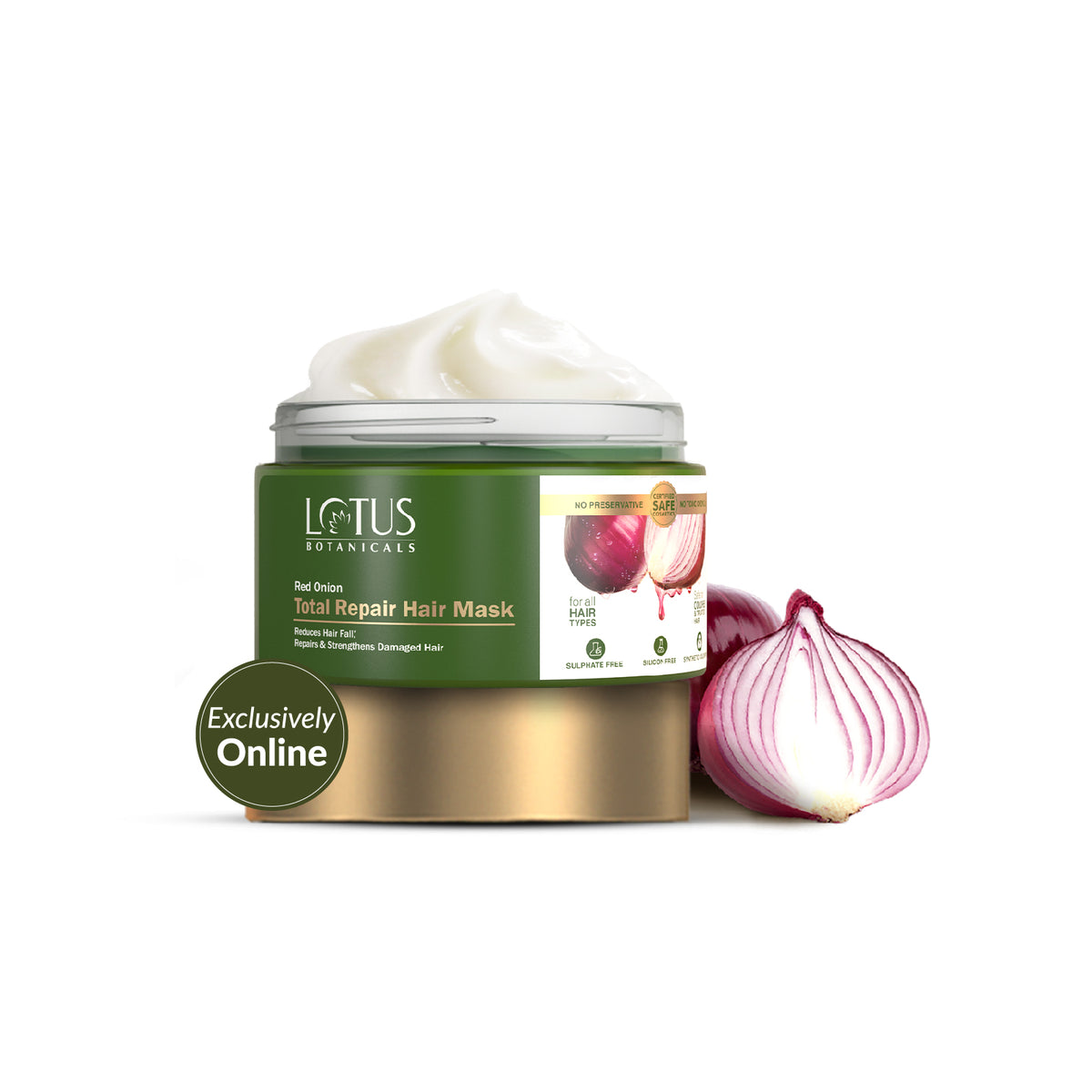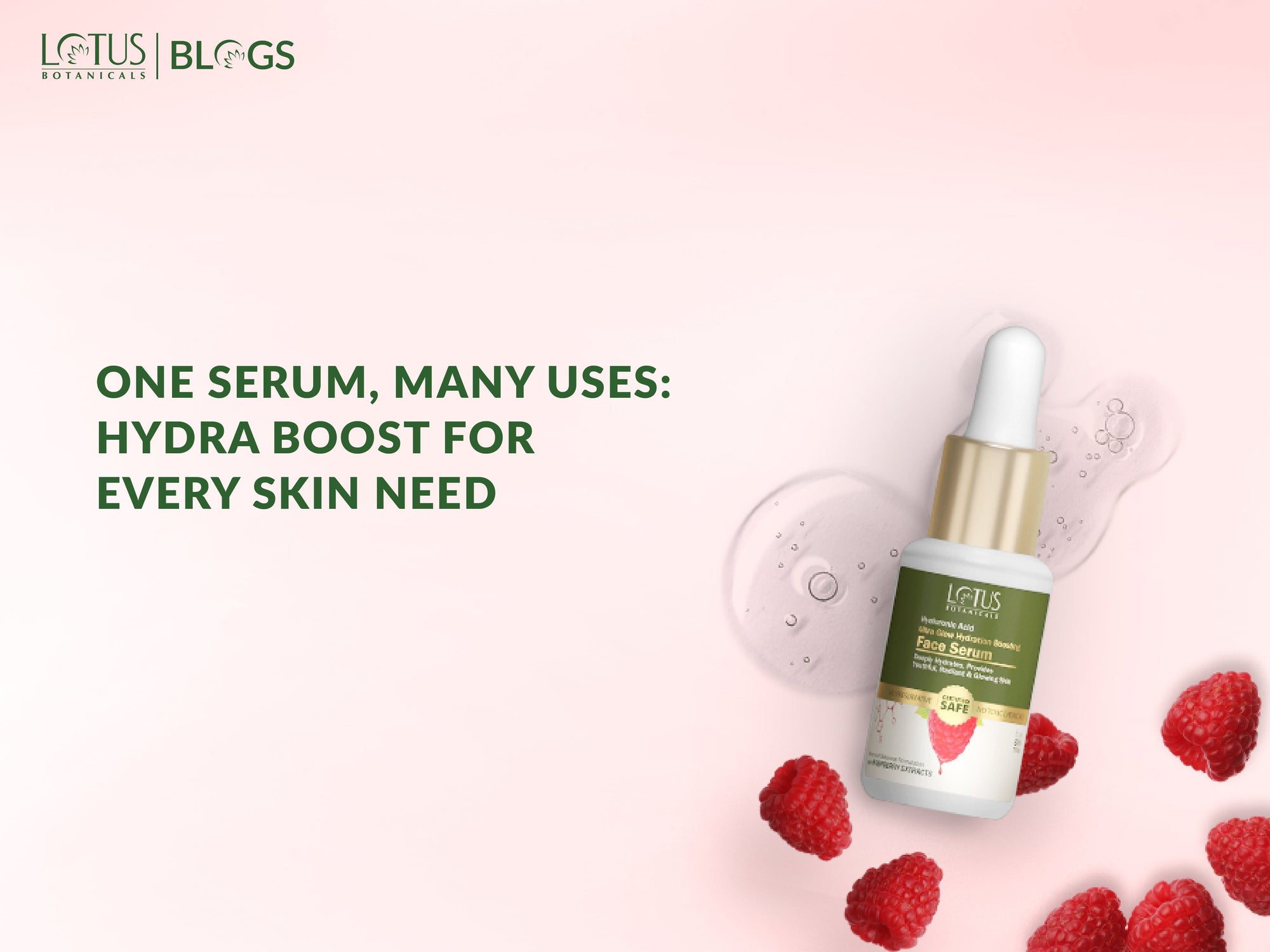
Highlights
-
What is Dry and Damaged Hair?
-
Common symptoms and characteristics of Dry and Damaged Hair
-
Essential Hair Care Tips
-
Follow Nutrient-Rich Diet
-
Lifestyle Adjustments for Hair Health
-
Home Remedies and Natural Treatments
-
Conclusion
Hair Care Tips for Managing Dry and Damaged Hair
Taking care of our hair is important to keep it looking healthy and beautiful. If your hair feels dry and damaged, don't worry – there are ways to make it better! Dry and damaged hair can happen because of too much sun, heat styling, or using harsh chemicals. But there's good news: you can turn things around. In this guide, we'll share simple and easy tips to help you manage dry and damaged hair. You'll learn about gentle washing routines, the right kind of products to use, and special treatments that can bring back your hair's shine and softness. With a little care, your hair can be back to its vibrant and lovely self.
What is Dry and Damaged Hair?
Dry and damaged hair refers to hair that lacks the proper amount of moisture and is in a weakened state. Healthy hair contains natural oils and proteins that keep it strong, shiny, and soft. However, various factors can lead to dryness and damage.

Dry hair occurs when the hair doesn't have enough moisture, making it feel rough, brittle, and prone to breakage. It might also appear dull and lifeless. Damaged hair, on the other hand, refers to hair that has been harmed by factors like excessive heat styling, chemical treatments (like coloring or perming), and environmental stressors (such as sun exposure and pollution). Damaged hair might show signs of split ends, frizz, and a lack of elasticity.
Both dry and damaged hair can result in an unhealthy appearance and texture. Proper care, including the use of appropriate hair products, regular conditioning, and protective measures, can help restore moisture and strength to the hair, improving its overall health and appearance.
Common symptoms and characteristics of Dry and Damaged Hair
Dry and damaged hair can exhibit a variety of symptoms and characteristics, which often make it easy to identify. Some common signs include:
- Rough Texture: Dry and damaged hair tends to feel rough and coarse to the touch, lacking the smoothness of healthy hair.
- Brittle Ends: The ends of the hair might become brittle and prone to splitting. This results in split ends, which can travel up the hair shaft if not addressed.
- Dullness: Dry and damaged hair often lacks the natural shine and luster that healthy hair possesses. It can appear dull and lifeless.
- Frizz: Damaged hair has a tendency to become frizzy, with individual strands sticking out and causing an overall unruly appearance.
- Tangles: Damaged hair is prone to tangling easily, making it challenging to comb or brush without causing further damage.
- Color Fading: Colored hair, especially when damaged, can experience quicker fading of the dye due to the compromised hair structure.
- Excessive Hair Fall: Damaged hair is more likely to fall out due to weakened roots and shafts.
- Scalp Issues: Dry hair can also lead to a dry and flaky scalp, causing discomfort and dandruff.
It's important to address these symptoms and characteristics promptly to prevent further damage and to help restore your hair's health and vitality.
Essential Hair Care Tips
Taking care of dry, damaged hair isn't a one-time job. You must regularly follow a special hair care routine using natural products. Lotusbotanical.com has a unique collection of such products. They're made to stop hair from getting dry and damaged.
Now, let's go through an easy step-by-step guide for treating damaged hair and learn some important tips for taking care of dry hair.
1. Gentle Shampooing
This emphasizes the importance of using a mild, sulfate-free shampoo to cleanse dry and damaged hair. Harsh sulfates can strip away natural oils, making the condition worse.
Opt for a gentle shampoo that cleanses without over-drying. Remember, less frequent shampooing can also help retain your hair's natural oils.
If you're looking for a suitable option, consider using Lotusbotanical's Red Onion Hair-Fall Control Shampoo, which is formulated to address hair fall while providing a gentle cleanse.
2. Use Hydrating Conditioner
After shampooing, using a hydrating conditioner is crucial for revitalizing dry and damaged hair. Conditioner helps restore lost moisture, smoothens the hair's cuticles, and enhances its manageability.
It works by coating each strand, forming a protective barrier that reduces frizz, detangles knots, and adds a healthy shine.
One excellent option is Lotusbotanical's Red Onion Nutritive Hair Conditioner, known for its nourishing properties. This conditioner contains ingredients that promote hair health, such as red onion extract, which is rich in sulfur and antioxidants, helping to strengthen the hair and prevent further damage.
3. Avoid Hot Water for Washing
Using lukewarm or cool water while washing your hair is recommended because hot water can exacerbate dry and damaged hair.
Hot water strips away the natural oils that keep your hair moisturized, leaving it prone to further dryness and breakage.
Lukewarm water helps to gently cleanse without causing excessive oil removal. Cooler water helps seal the hair's cuticle, promoting smoother and shinier hair.
By adjusting the water temperature, you provide a more nurturing environment for your hair. This simple change can make a significant difference in maintaining the health of your dry and damaged hair.
Also, don’t forget to pat dry your hair after washing. Patting your hair dry gently after washing prevents unnecessary stress and breakage. To do this effectively:
- Squeeze out excess water with your hands.
- Wrap your hair in a soft towel and press gently.
- Avoid rubbing or wringing motions.
- Let the towel absorb moisture without causing friction.
- This minimizes damage and maintains hair health over time.
4. Minimize the Use of Heat Styling Tools
Be cautious when using heat styling tools like flat irons and curling wands. These tools emit high temperatures that can weaken the hair's structure, leading to further damage.
Applying a heat protectant spray before using heat tools helps create a barrier between the heat and your hair, minimizing the potential harm. This spray acts as a shield, reducing moisture loss and preventing excessive drying, frizz, and breakage.
By using a heat protectant, you take a proactive step to preserve your hair's health and minimize the negative effects of heat styling, allowing you to achieve desired styles without compromising your hair's condition.
5. Use Wide-Tooth Comb
Using a wide-tooth comb or a detangling brush is like giving your hair a gentle massage. When your hair is wet, it's more delicate and prone to damage, so you want to treat it kindly.
These special combs and brushes have wide spaces between their teeth or bristles, making them like friendly fingers that easily work through knots without causing stress.
Starting from the bottom and moving upwards, they help untangle your hair smoothly, preventing breakage. It's like unraveling a delicate thread with care, ensuring your hair remains strong and beautiful without the drama of knots and tangles.
6. Avoid Over-Brushing
Handle your hair with care by adopting a mindful brushing approach. Avoid excessive brushing, especially when your hair is wet, as damp strands are more delicate and prone to snapping. Instead, choose a wide-tooth comb or a gentle detangling brush.
Begin at the tips of your hair and work your way upwards, patiently easing out knots and tangles. This method minimizes strain on your hair, helping to prevent breakage and preserve its overall health.
Remember, a little patience during your brushing routine can go a long way in maintaining the strength and beauty of your hair.
7. Use Natural Oils
To enhance your hair's health, consider the nourishing touch of natural oils. Embrace the goodness of coconut oil, argan oil, or jojoba oil by gently applying them to the tips of your hair.
These oils act as a protective shield, infusing much-needed moisture and creating a barrier against further damage. Their rich properties work to replenish your hair's lost vitality, gradually restoring its softness and shine.
For a specialized touch, explore the benefits of LotusBotanical's Ginger Root & Black Seed Dandruff Control Hair Oil – a holistic solution for hair wellness.
8. UV Protection
Shielding your hair from the sun's harmful rays is crucial. Think of it like wearing sunscreen for your hair. Just as your skin can get damaged by the sun, your hair can too.
UV rays can weaken the hair's structure, making it more prone to dryness, brittleness, and color fading. Hair products with UV protection create a barrier, preventing these rays from penetrating and causing harm. This is especially important if you spend a lot of time outdoors.
So, next time you reach for your hair products, make sure they offer this shield. Your hair will thank you for staying healthier, shinier, and more resilient.
Follow Nutrient-Rich Diet
Proper nutrition significantly influences hair health. Essential nutrients like vitamins (A, C, E), minerals (iron, zinc), and proteins aid in hair growth, strength, and shine.
A deficiency can lead to hair thinning, dullness, and breakage. A balanced diet ensures these nutrients are available to support vibrant and resilient hair.
Foods rich in vitamins, minerals, and protein are essential for maintaining healthy hair. Here are some examples:
- Vitamins: Include foods like carrots (vitamin A), citrus fruits (vitamin C), spinach (vitamin E), and sweet potatoes (beta-carotene) to support hair growth and scalp health.
- Minerals: Incorporate iron-rich foods like lean meats, lentils, and spinach to prevent hair loss. Zinc sources like nuts, seeds, and whole grains aid in hair repair and growth.
- Protein: Foods like eggs, lean meats, beans, and dairy provide the protein needed to build and strengthen hair strands.
Remember, a balanced and varied diet that includes a range of nutrients will contribute to overall hair health.
Lifestyle Adjustments for Hair Health
Lifestyle adjustments are crucial for hair health as they directly impact the condition of your hair. These adjustments collectively enhance hair's strength, shine, and overall appearance. Here are a few major adjustments to consider:
1. Hydrate Yourself
Drinking enough water is like giving your hair a refreshing drink. Hydration is crucial because it helps maintain the moisture balance in your hair, preventing it from becoming dry and brittle.
When your body is properly hydrated, your hair follicles receive the necessary nutrients for growth and strength.
Hydrated hair is more elastic and less prone to breakage, giving it a healthier appearance.
So, remember to drink water regularly to keep both your body and your hair well-hydrated for vibrant and lustrous locks.
2. Stress Management
Managing stress is vital for healthy hair. When stress levels are high, the body produces hormones that can disrupt the hair growth cycle, leading to hair shedding and thinning.
Engaging in stress-relief practices like meditation, yoga, or spending time in nature can help regulate these hormones and promote a healthier hair environment.
Prioritizing stress management not only benefits your overall well-being but also supports strong and vibrant hair.
3. Have Adequate Sleep
Adequate sleep is a fundamental contributor to hair health. During sleep, your body undergoes essential repair and regeneration processes, including those that benefit your hair.
Hair follicles receive vital nutrients and oxygen through improved blood circulation, aiding in growth and maintenance. Sleep deprivation can disrupt these processes, leading to weaker hair, increased hair loss, and a dull appearance.
Prioritizing quality sleep ensures that your hair, along with your overall well-being, receives the rejuvenation it requires for optimal health and vitality.
4. Physical Activity
Engaging in regular physical activity offers a boost to hair health. When you exercise, blood circulation throughout your body, including your scalp, improves.
This increased blood flow delivers essential nutrients and oxygen to hair follicles, promoting their overall health and stimulating hair growth.
Additionally, exercise helps regulate hormones, which can influence the condition of your hair. However, remember to balance your workout routine; excessive physical stress on the body can have the opposite effect on hair health.
Aim for consistent, moderate exercise to reap the benefits for your hair and overall well-being.
Home Remedies and Natural Treatments
Home remedies and natural treatments can offer effective solutions for managing dry and damaged hair. Here are a few options you can try:
1. Coconut Oil
Coconut oil, a natural emollient, can work wonders for your hair. Gently warm it and massage it into your hair and scalp, allowing it to soak for a few hours or overnight.
This treatment helps replenish lost moisture, repairs damage and strengthens hair from within.
The oil's unique composition also forms a protective barrier, guarding against further harm.
After treatment, cleanse your hair thoroughly to reveal softer, shinier, and more resilient strands.
2. Aloe Vera Gel
Aloe vera gel, a natural remedy, can enhance hair health. Apply the gel directly to your scalp and hair, allowing it to sit for around 30 minutes before rinsing. Aloe vera's soothing properties can alleviate scalp irritation, while its moisturizing effects nourish and hydrate dry hair, promoting a healthier appearance.
Here you can make homemade Aloe Vera Gel:
- Cut a mature aloe vera leaf.
- Extract the gel using a spoon.
- Blend the gel to achieve a smooth consistency.
- Store the gel in an airtight container in the refrigerator for up to a week.
When using homemade aloe vera gel, ensure it's free from any latex, as it can cause allergies or irritations.
3. Egg Mask
Creating an egg mask involves beating an egg and applying it to your hair. Eggs are rich in protein, which can help fortify and nourish your hair strands. After letting the mask sit for 20-30 minutes, rinse it out with cool water.
This natural treatment aims to strengthen your hair, making it less prone to breakage and promoting a healthier appearance overall.
4. Yogurt and Honey Mask
Creating a nourishing mask using mashed banana, honey, and a touch of olive oil can provide excellent care for dry and damaged hair.
- Bananas are rich in vitamins and minerals that aid in restoring hair's natural elasticity and shine.
- Honey's humectant properties help lock in moisture, while olive oil provides deep conditioning.
By applying this mask to your hair for 30-45 minutes before rinsing, you can infuse your strands with hydration and nutrients, leaving them softer, smoother, and more manageable.
5. Banana Mask
The banana mask is a natural remedy that can rejuvenate dry and damaged hair.
- Blend a ripe banana with a tablespoon of honey and a few drops of olive oil to create a nourishing mask.
- Apply this mixture to your hair, focusing on the lengths and ends.
- After leaving it on for about 30 to 45 minutes, rinse thoroughly.
Bananas are rich in vitamins, minerals, and natural oils that help moisturize and soften hair, while honey and olive oil provide additional hydration and repair. This mask can leave your hair feeling smoother, shinier, and more manageable.
6. Apple Cider Vinegar Rinse
An apple cider vinegar rinse can help restore your hair's natural pH balance. After shampooing, mix about one part apple cider vinegar with three parts water.
After rinsing out your shampoo, pour the diluted mixture over your hair, ensuring it reaches your scalp. Gently massage your scalp for a moment and then rinse thoroughly with water.
This treatment can help close the hair cuticles, making your hair smoother and shinier while also soothing the scalp and reducing potential dandruff.
7. Avocado Mask
The avocado mask, a natural treatment, involves mashing a ripe avocado and mixing it with a tablespoon of nourishing olive oil.
Applying this blend to your hair, especially focusing on the ends, and leaving it for around 30 minutes before rinsing provides a deep conditioning effect.
Avocado offers vitamins and healthy fats that moisturize and repair damaged hair, while olive oil further enhances its benefits.
This mask can leave your hair feeling softer, smoother, and more manageable due to its rejuvenating properties.
Red Onion Hair-Fall Control* Shampoo
Helps Prevent Hair Fall | Helps Promote Hair Growth | Strengthens Hair
Conclusion
As we wrap up this hair care guide, remember that your hair's health is a reflection of your care. By adopting these friendly hair care practices, you're not just treating your hair, but showing yourself some love too. So, let your hair down from time to time, let it breathe, and be patient – great hair takes time! Embrace the natural remedies and seek expert advice when needed. Whether it's saying goodbye to those split ends, turning down the heat, or simply savoring nutrient-rich foods, your hair will thank you with newfound shine and strength. Here's to a journey of healthier, happier hair days ahead.
Highlights
-
What is Dry and Damaged Hair?
-
Common symptoms and characteristics of Dry and Damaged Hair
-
Essential Hair Care Tips
-
Follow Nutrient-Rich Diet
-
Lifestyle Adjustments for Hair Health
-
Home Remedies and Natural Treatments
-
Conclusion
Related Products
Red Onion Nutritive Hair Conditioner
Helps Prevents Hair-fall | Helps Reduce Frizziness | Nourishes Hair
Ginger Root Dandruff-Control Shampoo
Controls Dandruff | Promotes Hair Growth |Nourishes Hair Roots
Red Onion Hair-Fall Control Hair Oil
Helps Control Hair Fall | Helps Prevents Split-ends | Helps Repair Dull & Damaged Hair
Ginger Root & Black Seed Dandruff Control Hair Oil
Prevents Dandruff & Itchiness | Strenghten Hair Follicles | Increases Hair Volume
Red Onion Total Repair Hair Mask
Helps Prevent Hair-fall | Helps Promote Hair Growth | Healthy and Nourished Hair
Red Onion Hair Revitalizer
Helps Protects Hair from Heat | Reduces Frizziness | De-tangles Knots
Red Onion Hair-Fall Control* Shampoo
Helps Prevent Hair Fall | Helps Promote Hair Growth | Strengthens Hair





































